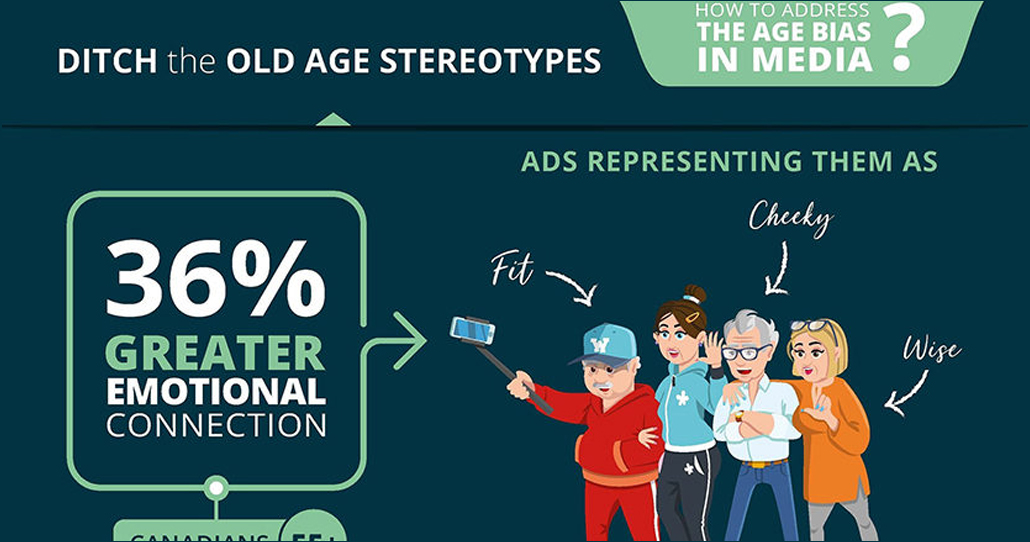Over three days in December, the HomeEquity Bank Customer Experience team hosted Laura Proctor, a Prevention Consultant from Elder Abuse Prevention Ontario, to teach them more about elder abuse. Laura shared statistics about the prevalence of elder abuse in Canada, explained the different forms of elder abuse, and discussed the impact of elder abuse on older adults and how to recognize it to prevent and stop it. Because of the importance of the topic, we wanted to share what the team learned so you, too, can recognize the signs of elder abuse.
Over the next 20 years, Canada’s 65+ population is expected to grow by 68%. With an aging population, it’s crucial for Canadian businesses to recognize this growing demographic and understand the issues they face, such as ageism and elder abuse. Ageism refers to the stereotypes, prejudice and discrimination towards others or oneself based on age. Ageist attitudes can lead to poorer medical and mental health outcomes, employment discrimination, significant monetary loss, increased social isolation and loneliness, environmental stressors, and even elder abuse.
The World Health Organization (WHO) defines elder abuse as “a single or repeated act, or lack of appropriate action, occurring within any relationship where there is an expectation of trust, which causes harm and or distress to an older person”. A 2015 study by the National Initiative for the Care of the Elderly (NICE) showed that 8.2% of older adults in Canada experienced some form of elderly abuse.
Among older adults, there are five common forms of abuse:
- Emotional/Psychological Abuse: Psychological abuse is the most common form of abuse among older adults. It consists of any verbal or nonverbal activity that results in the degradation of an individual’s identity, dignity, and self-worth. Individuals who experience psychological abuse typically tend to show signs of increased fear or anxiety. They begin isolating themselves from friends or family, display unusual behavior, and become disinterested in everyday activities.
- Financial Abuse: Financial abuse is described as any improper conduct, done with or without the informed consent of an individual, that results in monetary or personal gain to the abuser and monetary or personal loss for the individual. Older adults experiencing financial abuse may showcase changes in their appearance, health status, or personal habits. Other indicators include unexplained changes in wills or title documents, increased telephone solicitations for funds, missing personal property, funds wired out of the country for mysterious reasons, missing or redirected mail, and names added to their bank accounts.
- Physical Abuse: The third most common form of abuse among older adults is physical abuse. It is defined as any act of violence or rough handling that may or may not result in bodily injury but causes physical discomfort or pain. Older adults experiencing physical abuse may display signs of dehydration or severe weight loss. They may be getting over- or under-medicated and display injuries such as bruises, cuts, or sores that they cannot explain.
- Sexual Abuse: Sexual abuse is non-consensual sexual conduct of any kind with an older person or sexual contact with anyone who is incapable of giving consent. This includes joking of a sexual nature, sending or receiving sexually explicit photos, and inappropriate touching, to name a few. Among older adults, sexual abuse is a form of abuse that is not talked about enough.
- Neglect: Neglect is the failure to provide care and assistance required for health, safety, or well-being and includes inaction or a pattern of inaction that jeopardizes the health or safety of an older adult. An individual can neglect an older adult by not providing them with food or water, not providing proper clothing or hygiene, or leaving them in an unsafe environment. They may even deny an older adult access to necessary services such as home care, nursing, or medical attention.
With Canada’s 65+ population expected to grow by 68% in the next 20 years, it has become more important for Canadians to recognize signs of elder abuse and ageism and take action. To learn what the Government of Canada is doing for seniors, visit canada.ca/seniors. To report elder abuse, contact your local authorities or seniors’ safety line.







